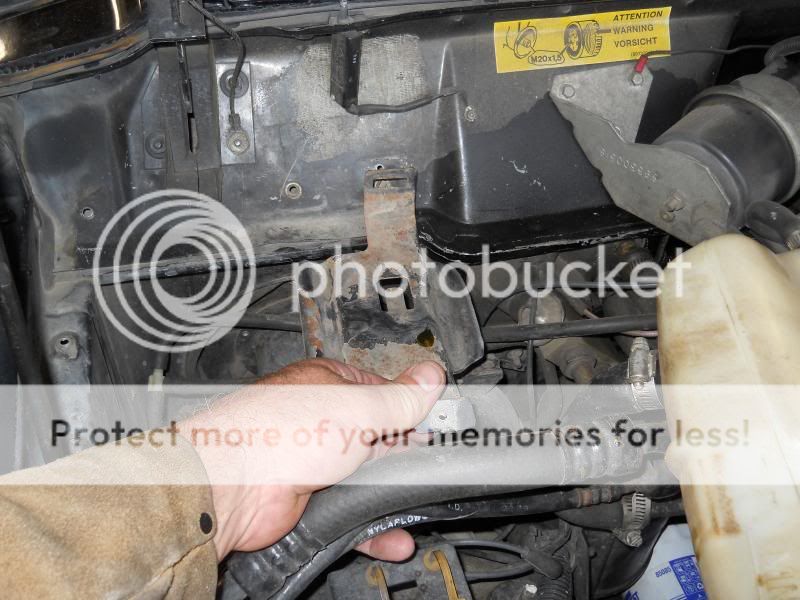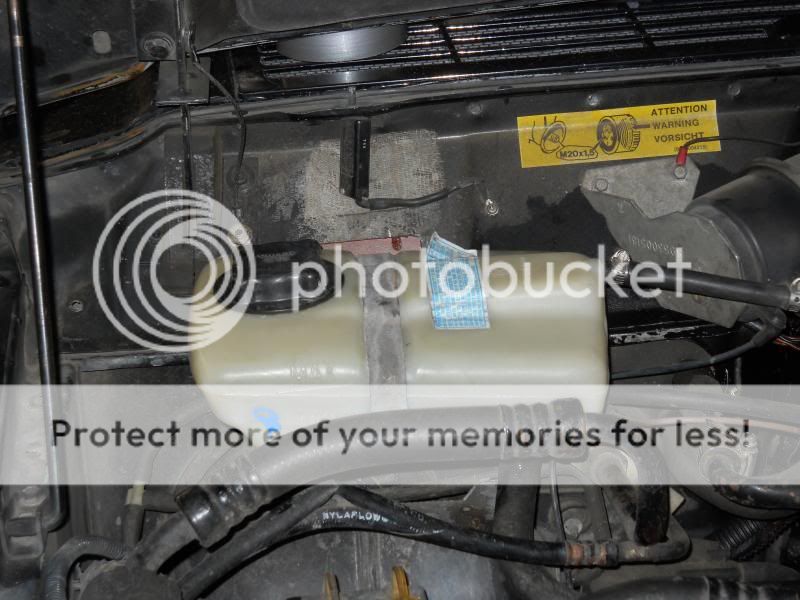my2monkeys
NAXJA Member
- Location
- Mission Viejo, CA
Will the cooling system be over pressurized with this Volvo cap at 150 kpa?
I have been running this cap for a while and just noticed the rating and converted it to psi.
It has been on a Volvo tank that was sourced from a jy, they last a year or so and then start seeping at the built in expansion area.
The Volvo tanks dont crack like OEM type, but they fatigue and start weeping sooner than later.
My question is, has anyone found that this cap is too high a psi rating and over pressuring the cooling system?
I have been running this cap for a while and just noticed the rating and converted it to psi.
It has been on a Volvo tank that was sourced from a jy, they last a year or so and then start seeping at the built in expansion area.
The Volvo tanks dont crack like OEM type, but they fatigue and start weeping sooner than later.
My question is, has anyone found that this cap is too high a psi rating and over pressuring the cooling system?


